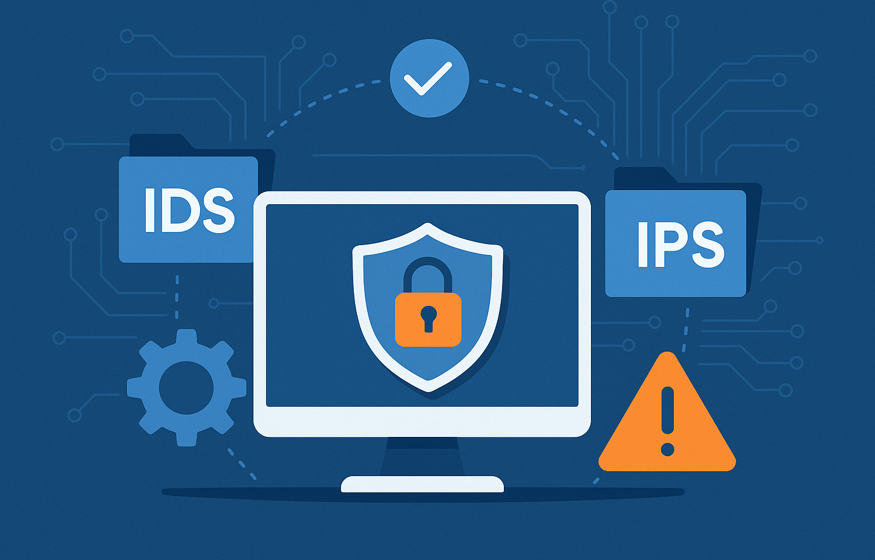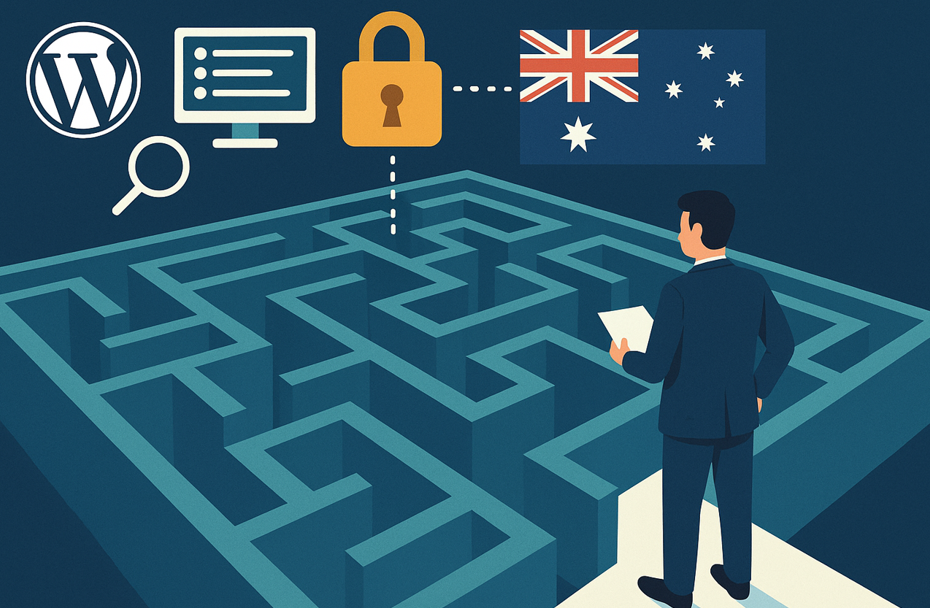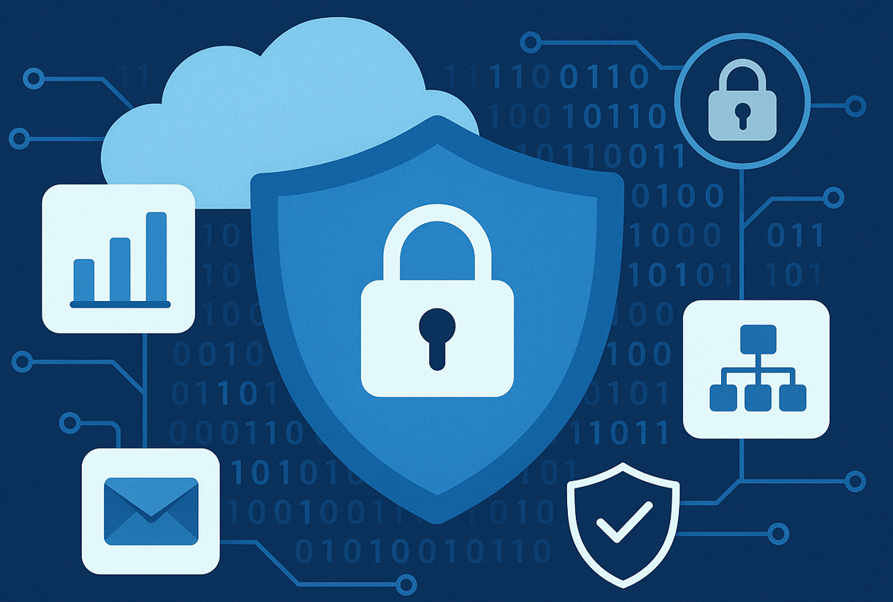Security Technology Stack for Growing Businesses
As businesses scale their operations in today’s digitally connected world, the cybersecurity threat landscape has become increasingly complex and dangerous. Growing businesses face unique challenges in securing their infrastructure while managing limited resources, making strategic technology stack decisions critical for long-term success. This comprehensive guide examines the essential components of a robust security technology stack […]
Security Technology Stack for Growing Businesses Read More »











